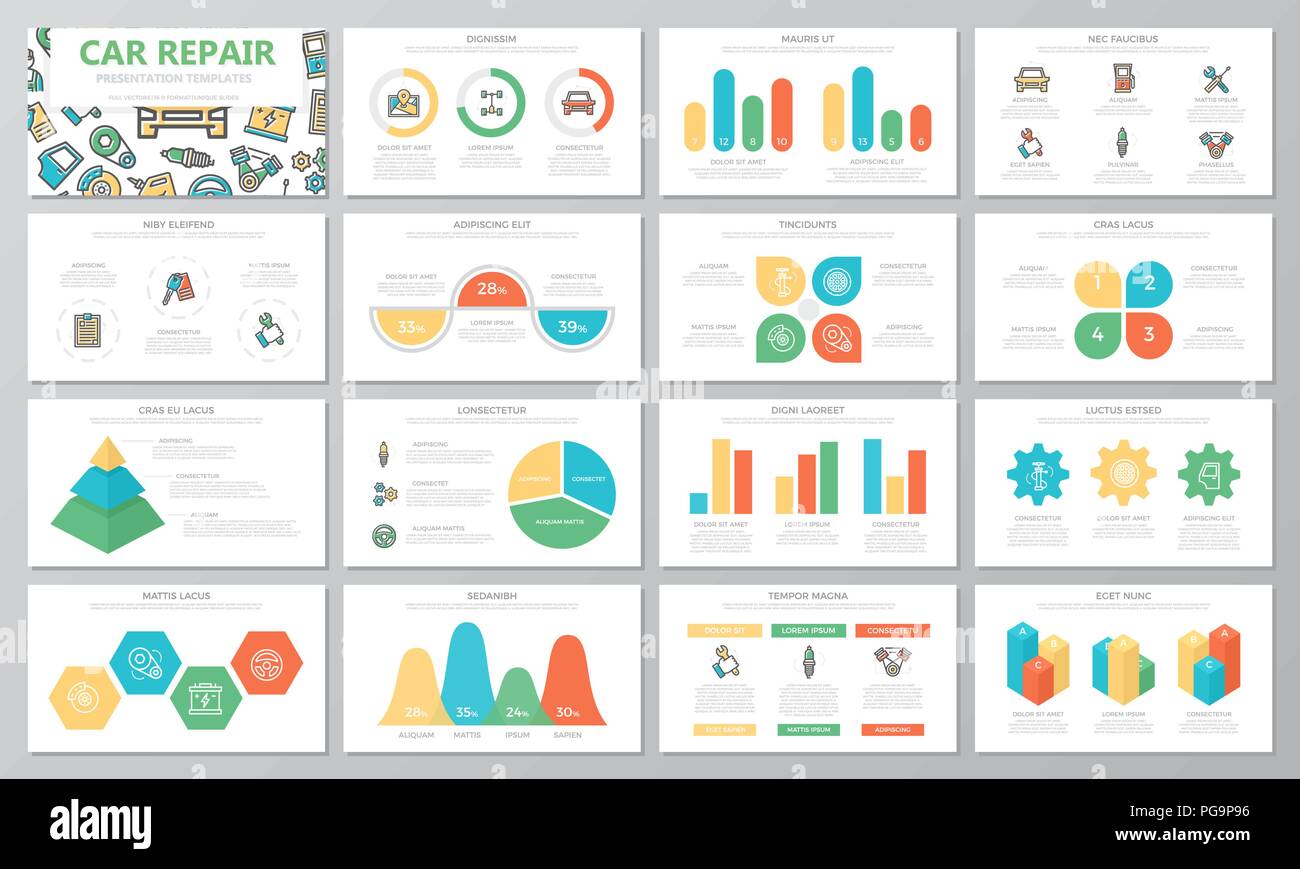Exploring Brake Systems: Usual Troubles And Practical Solutions For Repair Work
Exploring Brake Systems: Usual Troubles And Practical Solutions For Repair Work
Blog Article
Personnel Writer-Spence Reynolds
When it pertains to your vehicle's brake system, understanding usual issues can conserve you from potential safety hazards. From recognizing brake pad wear to addressing brake liquid leaks, recognizing exactly how to deal with these issues is essential. However what concerning those mushy brake pedals? There's a repair for that also. Stay tuned to get more information regarding these concerns and the functional services that can keep you safely on the road.
Brake Pad Put On and Substitute
When it comes to keeping your automobile's brake system, one essential aspect to keep an eye on is the wear and substitute of brake pads. Brake pads are crucial elements that push against the brake blades to slow down or stop your automobile. Over time, these pads wear down due to friction, requiring routine evaluation and substitute to guarantee your brakes operate efficiently.
To establish if your brake pads need replacement, pay attention for shrieking or grinding noises when you use the brakes. In addition, if your automobile takes longer to quit or you see vibrations or pulsations when braking, it might be time to replace the brake pads.
Overlooking used brake pads can lead to lowered stopping performance, damage to other brake elements, and even brake failing.
Changing brake pads is a relatively straightforward procedure for numerous cars. However, if you're unsure or awkward doing this task, it's best to speak with a specialist mechanic to make certain proper setup and ideal brake performance.
Frequently checking and changing brake pads is vital for your security and the long life of your automobile's braking system.
Brake Fluid Leaks and Upkeep
To ensure your automobile's brake system functions ideally, it is very important to additionally take notice of brake fluid leaks and maintenance. Brake liquid is vital for transferring the force from your foot on the brake pedal to the real braking mechanism. One typical problem with brake liquid is leaks, which can occur due to shabby brake lines, seals, or links. If you discover a puddle or drips under your car, it's essential to address the leak immediately to prevent a prospective brake failing.
Frequently checking your brake fluid level is crucial to maintaining your brake system. https://oil-change-prices17397.buyoutblog.com/30407505/executing-eco-friendly-practices-in-your-car-service-center-to-minimize-environmental-effect can cause air getting in the brake lines, which jeopardizes braking efficiency.
Furthermore, https://driverstrainingnearme40628.livebloggs.com/36595176/fascinated-in-situating-the-top-vehicle-service-center-in-your-location-learn-more-about-the-top-10-suggestions-that-can-guide-you-in-the-direction-of-making-a-knowledgeable-choice or polluted brake fluid can impact the general effectiveness of your brakes. It's suggested to comply with the producer's standards on when to change the brake liquid, usually every 2 years.
Spongy Brake Pedal: Blood Loss Brakes
If you've ever before experienced a squishy brake pedal while driving, you recognize the importance of maintaining a company and responsive stopping system. One typical root cause of a squishy brake pedal is air caught in the brake lines. When air enters the brake system, it can cause a loss of hydraulic pressure, leading to that distressing spongy sensation when you press the brake pedal.
To settle https://bigislandnow.com/2022/03/23/puna-man-accused-of-burglary-assault-at-automotive-repair-shop/ , bleeding the brakes is needed. Bleeding the brakes involves eliminating the air from the brake lines to recover correct hydraulic pressure.
To bleed the brakes, you'll need a helper to assist you. Begin by locating the brake bleeder shutoff on each wheel, usually found near the brake caliper. With a wrench, loosen up the shutoff and have your helper press the brake pedal while you observe any kind of air bubbles coming out. Repeat this process for each wheel, starting from the wheel farthest from the master cyndrical tube and moving more detailed.
As soon as you no longer see air bubbles and only clear liquid emerges, tighten the shutoff and top up the brake liquid reservoir as required. Bleeding the brakes aids make sure a company brake pedal and improves overall braking efficiency.
Verdict
Now that you understand usual brake concerns and exactly how to repair them, you can guarantee your vehicle's security and efficiency. Bear in mind to listen for warning signs like screeching noises or mushy brake pedals, and resolve them promptly. Normal upkeep and timely replacements are vital to keeping your brakes in top problem. Stay proactive and attentive to your brake system to take pleasure in safe and reliable driving experiences.
